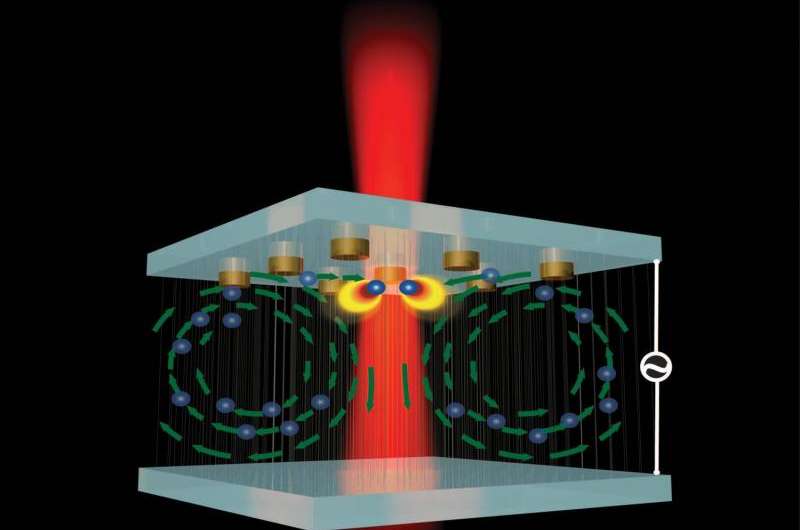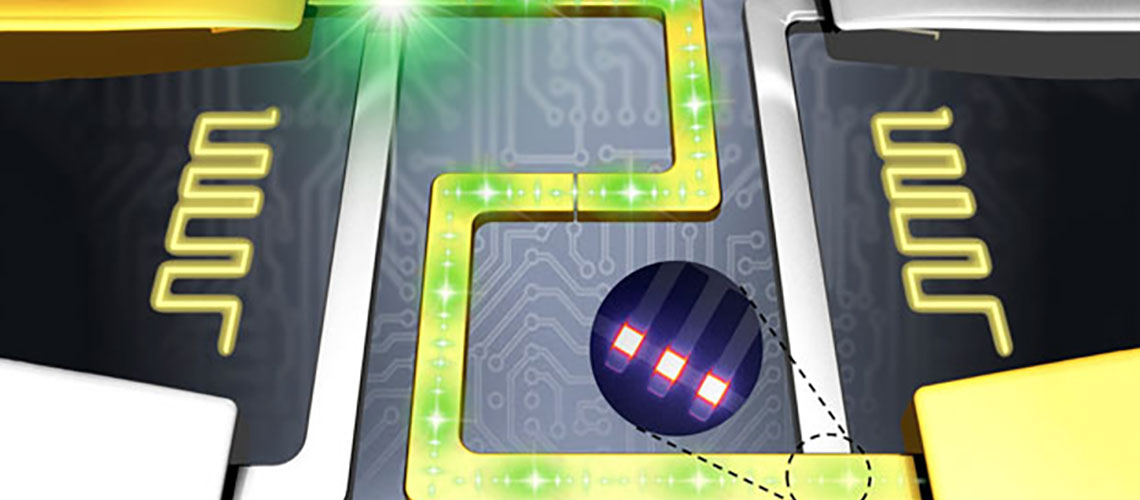(Nano electronics_Plasmonic) Localized Surface Plasmon
Researcher and author: Dr. ( Afshin Rashid)
Note: In nanoelectronics, the intensification of surface plasmons is the coordinated and cumulative oscillations of metal electrons that are excited by a radiation beam.
The oscillation condition is that the frequency of the irradiated photons is equal to the natural frequency of the surface electrons (which is to overcome the force of the central nucleus). Resonance of surface plasmons in structures with nanometer dimensions is called Localized Surface Plasmon Resonance.
Localized surface plasmons are non-diffuse excitation conduction electrons of metal nanostructures to which an electromagnetic field is coupled. Plasmonic waves are generated using the scattering problem of a conducting nanoparticle whose dimensions are below the wavelength of a high-excitation electromagnetic field. These nanostructures are composed of metal and dielectric, the dimensions of which are below the excitation wavelength (the wavelength of the beam that excites the plasmonic waves). Plasmonics is based on the process of interaction between electromagnetic waves and conducting electrons in nanoscale metals. Analytically, it is the reason for the rapid decrease in the energy of electrons in the passage of metals, and concluded that this energy is used for the cumulative motion and oscillation of free electrons of metal, and called it plasmon.
One -dimensional Localized Surface Plasmon nanostructures can be used for electronic connections, while zero-dimensional and two-dimensional nanomaterials do not. The main basis of nanotechnology is the use of materials. Every material in space has three dimensions of length, width and height. With the technology approach to the aggregation of optical electronic circuits, fabrication problems and phenomena that helped prevent further compression of the structure led to the use of plasmonic structures and plasmonic waves. These nanostructures are composed of metal and dielectric, the dimensions of which are below the excitation wavelength (the wavelength of the beam that excites the plasmonic waves).





